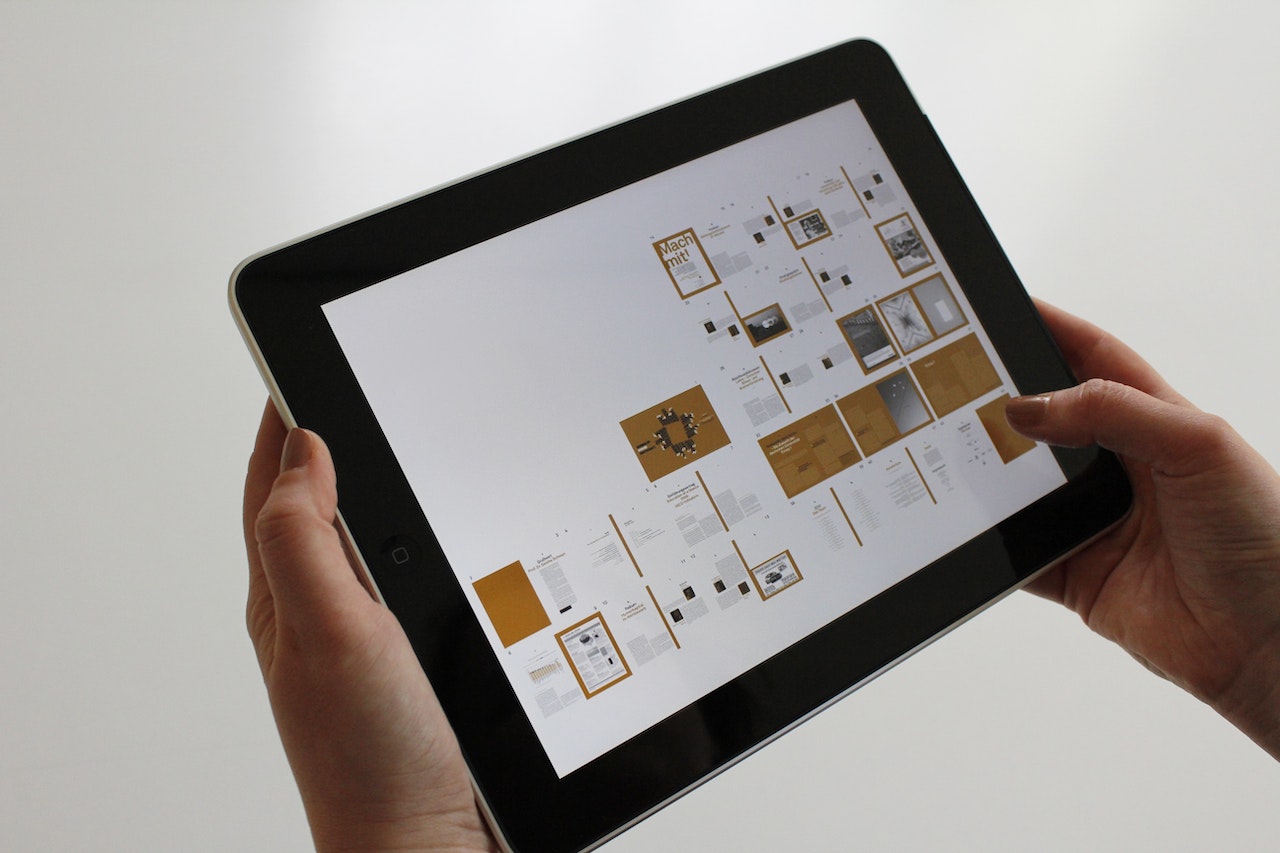Surety Bond Professionals is a family owned and operated bonding agency with over 30 years of experience. With access to a broad range of surety markets, our expert agents are ready to assist with all of your construction bond needs.
Drivers of Paperless Construction
Digital collaboration and mobility is one of five trends identified by a McKinsey Global Institute study as shaping construction and capital projects. Specifically, the study points to the move of paperless projects, from the office to the workforce. In many ways, the move to a paperless construction industry is the natural consequence of solutions already in place, such as rapid digital mapping, next-generation building and information modeling, advanced analytics, the Internet of Things, and other digital technologies.
More and more businesses in all industries have been evolving toward paperless processes. As soon as a digital solution becomes available at reasonable cost, most make the switch readily for the resulting gains in accuracy and productivity. You don’t see many fax machines anymore, do you? Once email became commonplace, businesses were quick to adopt it as the primary vehicle for written communication.
More recently, with the introduction of cloud technology, paper record-keeping is on its way to becoming all but obsolete. And the Covid-19 pandemic made online collaboration through Zoom, Slack, Teams, SharePoint, and other tools the norm in many industries, including construction.
But according to McKinsey, construction continues to lag behind other industries in terms of productivity, with a 1% annual productivity growth rate over the past two decades compared to 2.8% for the total economy.
Digital Transformation of the Construction Industry
BIM and other tools that generate, store, and make data available to construction project stakeholders where and when it’s needed use cloud-based software, which is always up to date and accessible, even in the field. Research verifies the gains to be made by adopting a digital approach to collaboration in construction:
- Errors in tender documents are corrected before construction begins.
- Everyone uses the latest version of construction drawings and data.
- Updates become available to all in real-time.
- Photos, videos, notes, and so forth can be attached easily to markups or sign offs.
- The time required for review and approval of reports is slashed.
- Compiling information at the end of a project for handover and maintenance is easy.
These are significant benefits considering that more than 70% of contractors, in a recent study by Autodesk, named problems with coordination and communication and poor schedule management as the greatest detractors from productivity.
How to Begin Going Paperless
The choice is whether to wade in gradually or dive right into the deep end. That depends largely on how much progress a construction company has made to date in adopting digital technologies. For those that already have implemented BIM and other cloud-based software obviously are farther along the path than those that still rely on paper drawings and printed reports.
Some construction companies have found it helpful to begin with a single project and make it paperless from beginning to end. The experience and confidence gained from that project will help in bringing about the same changes company wide moving forward.
A 5 Step Plan
Following this simple 5-step progression will help construction companies adopt a cloud-based paperless solution.
- Choose the best cloud-based solution, taking into consideration the functionality needed, such as:
- Ensuring contract document quality
- Handling Requests for Information quickly and accurately
- Managing change orders
- Schedule management
- Coordination and communication among project team members
- Project closeout activities
In evaluating solutions, also consider the company’s familiarity with technology, systems integration issues, platform compatibility, and training and support needs.
- Purge and organize. Implementing your chosen platform requires a major house cleaning to toss paper that’s no longer needed.
- Train the team in the use of the technology and company standards, such as file naming conventions and workflows. Document all processes.
- Pilot test with a demonstration project, documenting material and labor costs for evaluation purposes.
- Evaluate the pilot test, and calculate ROI to quantify time and cost savings/increased productivity.
Starting with a pilot test and collecting feedback from all members of the project team and documenting time and money saved will substantiate the great benefits of going paperless, without significant risk.
One of the undeniable benefits of paperless operations is being viewed in a favorable light by clients, lenders, insurers, and bonding companies for efficiency, productivity, and quality.
Get A Quote
Our surety bond professionals will get you the construction bonds you need at a competitive rate.





